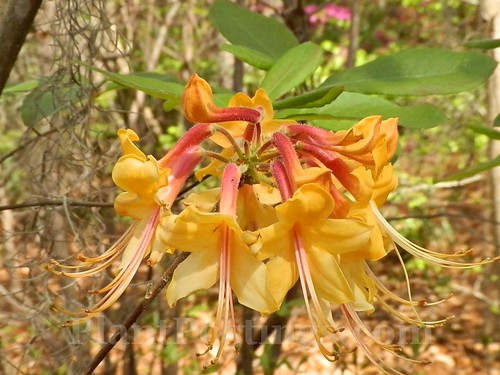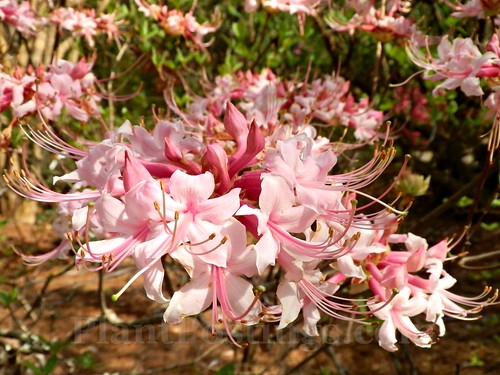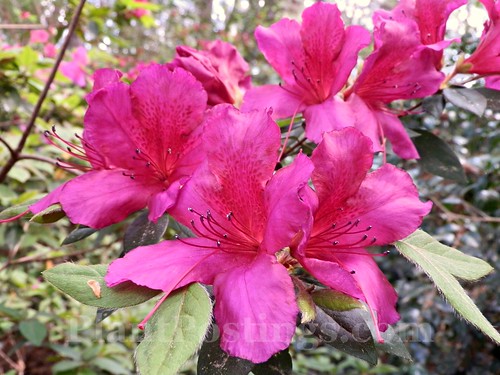
Back in 2012, we had a major drought here in the Madison area and much of Southern Wisconsin. I realize folks in the Southwest have them frequently, but a drought of this magnitude is rare for us. Our plants, animals, and people really struggle when it happens.
It didn't rain, at all, from mid-June through mid-August, and not much before and after that. We didn't officially come out of the drought until April 2013.
I mention all of this, because the drought set back several areas of the garden, including one near a large Oak tree (shown above) that was brown and dead, even by the next summer.
So, I did a little inexpensive experiment. I try to introduce only native plants back in the woods, to keep the area as close to "natural" as possible. I seeded the area with Pennsylvania Sedge (Carex pensylvanica) and Virginia Bluebells (Mertensia virginica). Both are native, rabbit-resistant, woodland plants, and they tolerate some summer drought. Plus, I like them.
Much to my surprise, by the next summer, the area was filled with Virginia Creeper (Parthenocissus quinquefolia), Virginia Waterleaf (Hydrophyllum virginianum), Ostrich Ferns (Matteuccia struthiopteris), and even Great White Trilliums (T. grandiflorum) and other native plants that hadn't been there before!

Meanwhile, the Pennsylvania Sedge was spotty, and the Virginia Bluebells looked like this, with no blooms, for several years.

Until now! Do you see it?

How about now?

Yes! Buds!

Several of the Virginia Bluebells will bloom very soon! Cheers!

Maybe someday in the not-too-distant future, I'll have a healthy patch of them back there, like this grouping I saw during a hike.

Oh, by the way, the plants that were snowed in at my last post survived, and are now thriving with our near-perfect springtime weather. Boy, they're tough!
I'm linking this post--because of the native, about-to-bloom Virginia Bluebells--to Gail's Wildflower Wednesday meme, over at Clay and Limestone. Check it out!










































